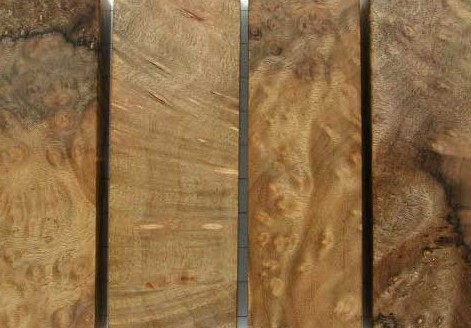Umbellularia Californica (Oregon Myrtle) : Pacific Northwest Native Evergreen
My latest aromatic favorite, seldom cultivated in Seattle, is Umbellularia Californica (an evergreen native of southwest Oregon and Northern California). It is also known as Oregon Myrtle, California Laurel, or California Bay Laurel, California Bay, Headache Tree, Pepperwood, Spicebush, Cinnamon Bush, and Peppernut Tree. The variety of names is a tip off to the history of its use by Pacific Northwest Native American people. The leaves of Oregon Myrtle have been used for many purposes including as a remedy for toothache, headache and ear ache. It was also used for cleaning wounds and to help the body heal from colds and other common infections. Read on for a word of caution about using the leaves or fruit of this beautiful tree.
Umbellularia Californica is an evergreen and from the Laurel family or Lauraceae. Its whitish-yellow blooms appear in February or March and ripen into bitter tasting nuts that are not considered edible. The family Lauraceae also includes the genus Persea which includes the Avocado so it’s not surprising that the fruit of the Oregon Myrtle closely resembles a tiny avocado when it is ripe. The leaves are more lanceolate than the leaves of a bay laurel and they don’t have the wavy margin. The new growth has a beautiful bronze color before turning bright green. The environment that the slow-growing Oregon Myrtle inhabits will affect its aspect. The forms can range from a shrub-like bush to a tall tree growing from 1-2 feet taller each year.
If using the leaves of Oregon Myrtle as a seasoning be aware that more than 1/4 of a leaf will most likely be too much. The leaves have a high concentration of volatile oil so the fragrance and taste are many times stronger than the bay laurel leaf widely used in cooking. Breathing in too much of its scent can also irritate the sinuses and cause a headache. Use caution if you are working with the leaves in any capacity, including pruning.
The wood of the Oregon Myrtle has been prized for the beautiful patterns and colors it creates in the wood by drawing up minerals from the mineral rich soil of the Pacific Northwest. The hard wood is considered appropriate for making furniture, bowls, and even musical instruments.


That is fascinating. When I was growing up in Seattle's Madrona neighborhood, my mother espaliered what she called a “cocktail avocado”. The fruits were oblong, about 2″ wide with a long, thin seed. As I remember, the tree fruited for more than a month in the summer. They were delicious. I'll bet it was an Umbellularia Californica. I think I have to get one. Maybe for a very small bowl of guacamolita with teeny weenie tortillita chipitas.
HR
They are not the same. You are thinking of another member of the Persea
genus which is called “Cocktail Avocado Tree”. It's origins are Chile,
South Africa and Israel. And now that I've figured out that it's an
evergreen, I think I have to have one as well!
They are not the same. You are thinking of another member of the Persearngenus which is called “Cocktail Avocado Tree”. It’s origins are Chile,rnSouth Africa and Israel. And now that I’ve figured out that it’s anrnevergreen, I think I have to have one as well!